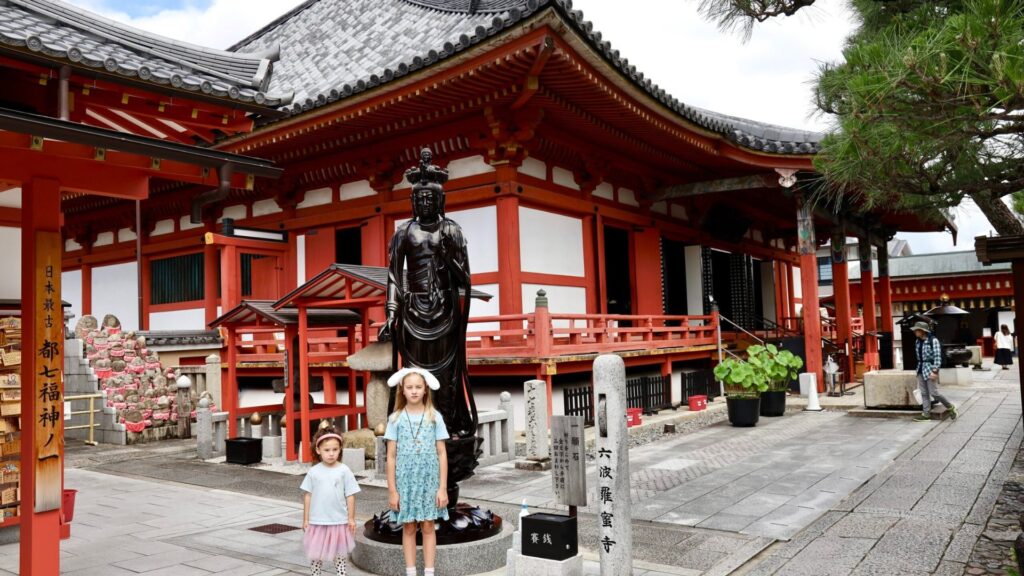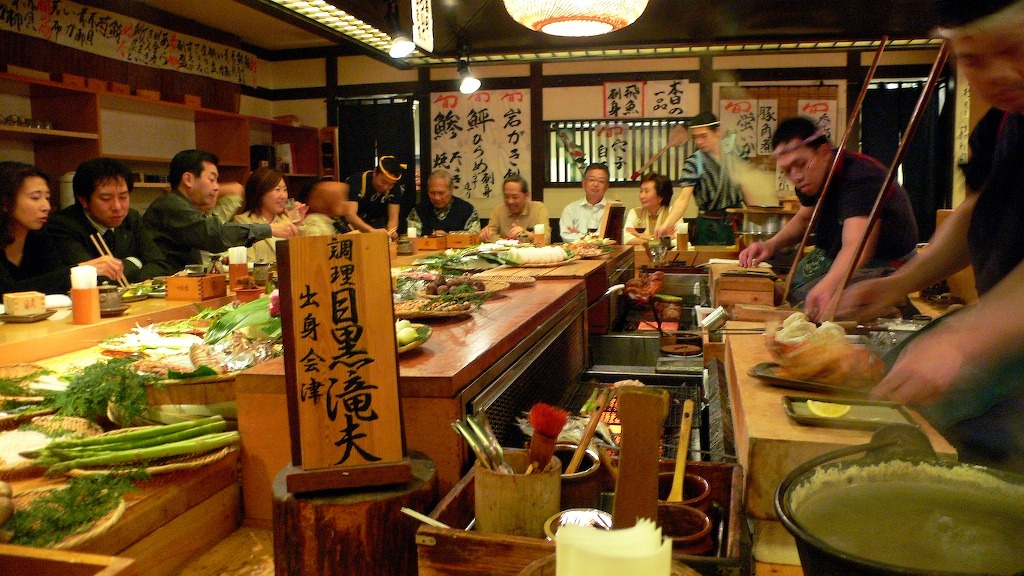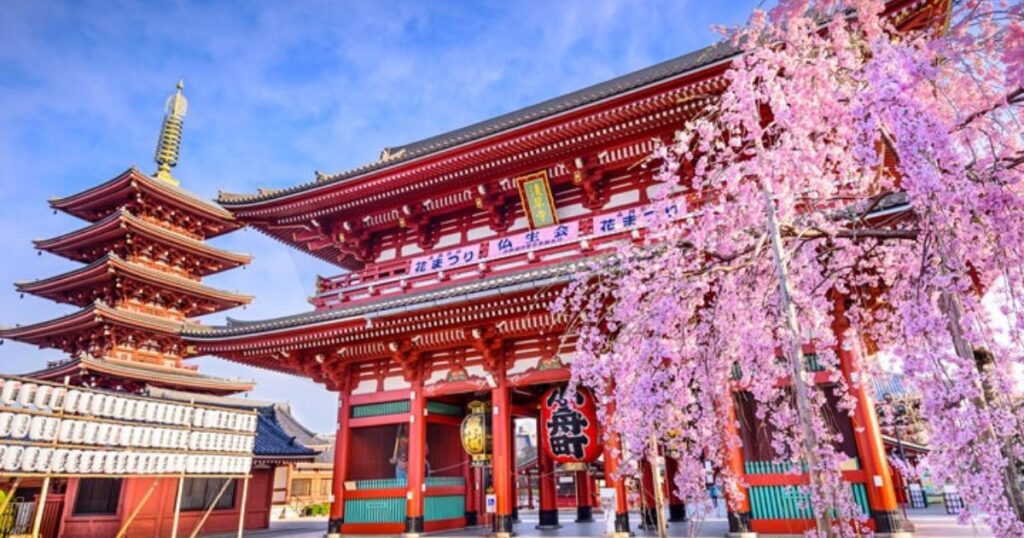Japan is a fascinating country, offering a unique blend of ancient traditions and cutting-edge technology, bustling cities, and tranquil countryside. For first-time visitors, Japan can be an exciting yet overwhelming destination. With its rich cultural heritage, diverse landscapes, and intricate transportation system, it’s easy to get lost in the details. However, with the right preparation and tips, your journey to Japan can be a smooth and unforgettable experience.
In this blog, we’ll cover essential tips for Traveling In Japan, from navigating the transportation system to understanding local etiquette. Whether you’re planning a short vacation or a longer stay, these tips will ensure you make the most of your time in the Land of the Rising Sun.
1. Planning Your Trip to Japan
Before setting foot in Japan, it’s important to plan ahead to ensure a smooth and stress-free experience.
1.1 Best Time to Visit Japan
Japan offers something for every season, so choosing the best time to visit depends on what you want to experience:
- Spring (March to May): Famous for cherry blossom season, the weather is mild and the landscapes are adorned with blooming sakura (cherry blossoms).
- Summer (June to August): Japan can be hot and humid, but it’s also the time for festivals like Gion Matsuri in Kyoto and Obon, a time when Japanese people honor their ancestors.
- Autumn (September to November): This is one of the best times to visit, with cooler weather and beautiful fall foliage, especially in places like Kyoto and Nikko.
- Winter (December to February): If you enjoy skiing or snowboarding, head to Hokkaido for some of the best powder snow in the world. The country also celebrates New Year with various festivals and traditions.
1.2 Visas and Documentation
For most travelers, Japan offers short-term visas for tourism. Check whether you need a visa before traveling in japan. Many countries, including the US, Canada, and EU members, enjoy a visa exemption for stays of up to 90 days.
Ensure you have a valid passport, and it’s a good idea to have a copy of your itinerary and accommodation details just in case.
2. Essential Travel Tips for Japan

2.1 Learn Basic Japanese Phrases
While many people in Japan can speak English, learning a few basic phrases will go a long way and show respect for the culture. Some useful phrases include:
“Konnichiwa” (こんにちは) – Hello
“Arigatou gozaimasu” (ありがとうございます) – Thank you
“Sumimasen” (すみません) – Excuse me / I’m sorry
“Eigo o hanasemasu ka?” (英語を話せますか?) – Do you speak English?
Knowing simple words like “toilet” (トイレ, toire) or “water” (水, mizu) can be really helpful when navigating daily tasks.
2.2 Understanding Japanese Etiquette
Japan is a country that values politeness and respect. Familiarizing yourself with a few key customs will ensure you avoid unintentional faux pas.
- Bowing: A bow is a sign of respect traveling in japan. It’s customary to bow when greeting, thanking, or apologizing to someone.
- Shoes: Always remove your shoes when entering a home, temple, or certain restaurants. Indoor slippers are often provided.
- Quiet Public Spaces: Japan places high importance on silence in public places, especially on public transportation. Keep your phone on silent mode and avoid loud conversations.
- Respect for Space: Japanese people value personal space. Maintain a respectful distance when interacting with others, especially in crowded places.
2.3 Currency and Payment Methods
The official currency in Japan is the Japanese Yen (¥). Although credit cards are becoming more common, especially in big cities like Tokyo and Osaka, many smaller shops and restaurants still prefer cash. Always carry cash, especially when traveling to rural areas or visiting smaller businesses.
You can withdraw cash from ATMs at convenience stores like 7-Eleven or Post Offices. Keep in mind that Japan’s ATM machines often do not accept foreign cards, so be sure to check for international ATMs.
3. Getting Around Japan: Transportation Tips
Japan is known for its efficient and punctual Transportation System, but it can be intimidating for first-time visitors. Here’s how to navigate Japan’s public transportation smoothly:
3.1 Trains: The Backbone of Transportation
Japan’s rail network, including the famous Shinkansen (bullet train), is one of the most convenient ways to travel around the country. It’s fast, reliable, and relatively easy to use once you get the hang of it.
- Japan Rail Pass: If you plan to traveling in japan extensively by train, consider purchasing a Japan Rail Pass. This pass offers unlimited travel on JR trains, including Shinkansen, for a fixed price. It’s ideal for tourists visiting multiple cities.
- Suica/Pasmo Cards: These rechargeable cards are perfect for getting around Tokyo, Osaka, and other major cities. They can be used on trains, buses, and even at vending machines.
- Signs and Announcements: In major cities, most train signs are in both Japanese and English, making it easy for foreigners to follow. Be sure to listen for English announcements on trains and in stations.
3.2 Buses and Subways
In addition to trains, buses and subways are widely used, especially in cities like Tokyo and Kyoto. These are affordable and well-connected, but they may not have as much English signage as trains, so be sure to plan ahead.
- Subway Stations: Subway stations in major cities often have English maps and helpful signs, but Google Maps is a good backup to help you navigate.
- Buses: Bus routes are usually easy to understand, but be prepared to pay your fare when you board or exit, depending on the region.
3.3 Taxis
Taxis are generally available in larger cities, but they can be more expensive compared to trains and buses. Japanese taxis are clean, comfortable, and offer automatic doors that open when you approach. Tipping is not customary in Japan, and it’s best to simply pay the fare shown on the meter.
4. Accommodation Tips for Japan
Japan offers a wide variety of accommodation options, ranging from traditional ryokan inns to modern hotels and capsule hotels. Here are some things to consider when choosing your stay:
4.1 Traditional Ryokan
Staying in a ryokan offers a unique cultural experience. These traditional inns provide tatami mat rooms, futon bedding, and often include dinner and breakfast. It’s a wonderful way to experience authentic traveling in japan hospitality.
4.2 Hotels and Hostels
Japan is home to many high-quality hotels, ranging from luxury options to budget-friendly ones. Many hostels and guesthouses also cater to international travelers, offering shared dorms and private rooms.
4.3 Capsule Hotels
If you’re traveling in japan on a tight budget or want a unique experience, capsule hotels provide small, pod-like rooms. These hotels are ideal for solo travelers looking for a compact and efficient place to sleep, especially in major cities like Tokyo and Osaka.
5. Food and Dining in Japan

Japanese cuisine is a highlight for many visitors, offering a variety of flavors and dishes. Here are some tips to enjoy the food scene:
5.1 What to Try?
- Sushi: No trip to Japan is complete without trying sushi. Be sure to try it from both conveyor belt restaurants and high-end establishments.
- Ramen: Ramen shops can be found in almost every city, serving noodle soups in a variety of broths such as miso, shoyu (soy sauce), and tonkotsu (pork bone broth).
- Tempura: Lightly battered and fried seafood or vegetables, usually served with rice and dipping sauce.
- Street Food: Try popular street foods like takoyaki (octopus’ balls), okonomiyaki (savory pancake), and taiyaki (fish-shaped pastry filled with sweet red bean paste).
5.2 Dining Etiquette
- Chopsticks: Never stick chopsticks upright into a bowl of rice, as this resembles a funeral ritual. Instead, place them on a chopstick rest.
- Tipping: Tipping is not customary in Japan. Good service is expected, and tipping can be considered rude.
6. Shopping in Japan
Japan offers a variety of shopping experiences, from high-end fashion to quirky, one-of-a-kind goods. Major cities like Tokyo and Osaka are full of shopping districts such as Shibuya, Ginza, and Harajuku. Don’t forget to visit 100-yen stores for budget-friendly souvenirs.
7. Conclusion
Japan is a country that offers endless opportunities for exploration and discovery. By following these tips, first-time visitors can ensure their trip goes smoothly and is filled with memorable experiences. Whether it’s Navigating The Trains, immersing yourself in local culture, or enjoying the unique cuisine, Japan is sure to leave a lasting impression. Happy travels!

Pingback: Ultimate Travel Guide to the Land of the Rising Sun